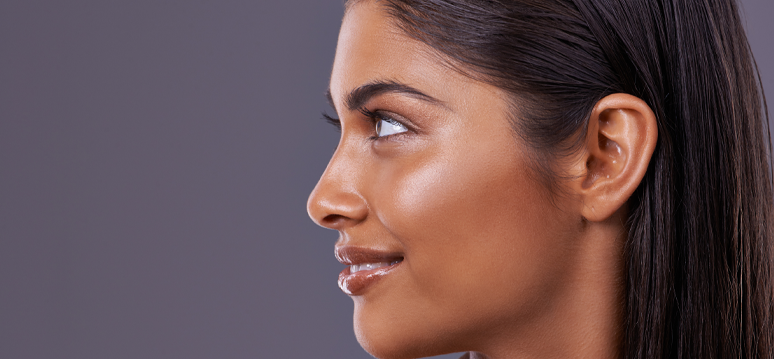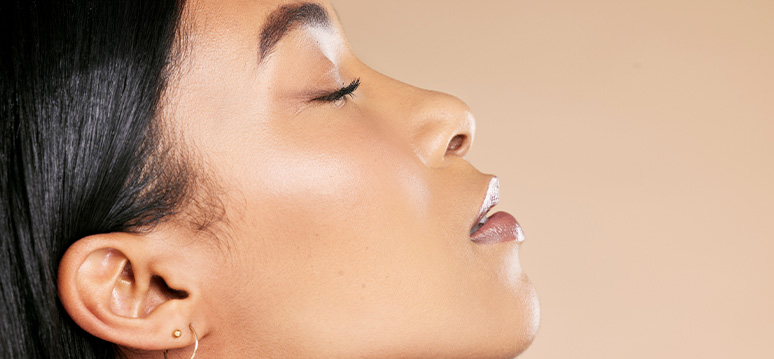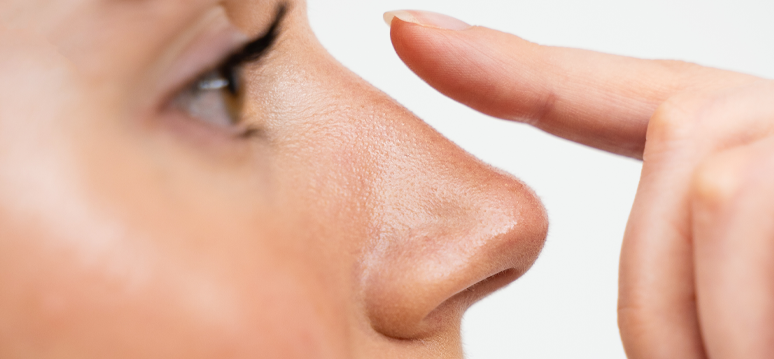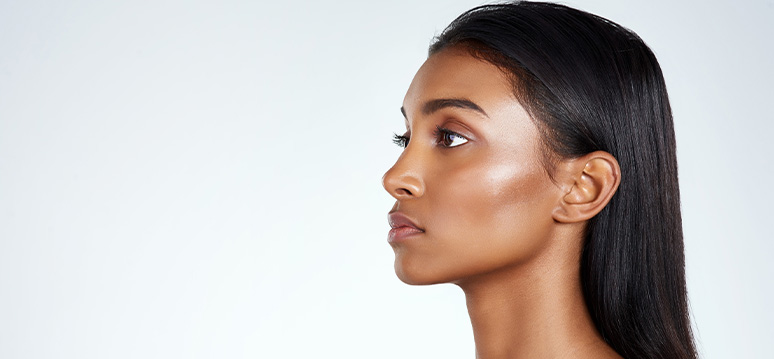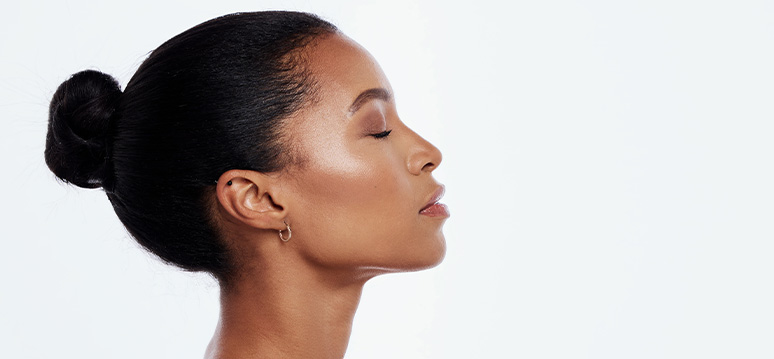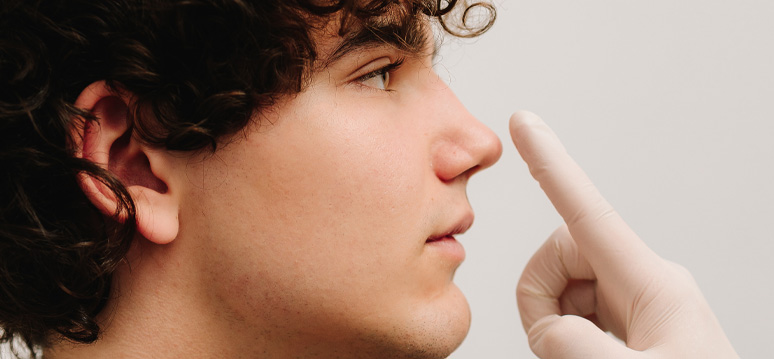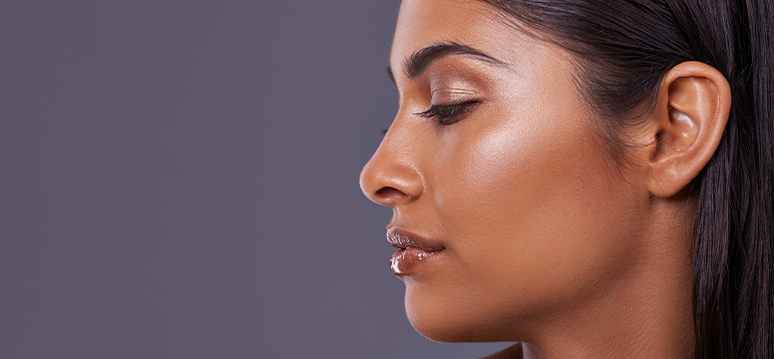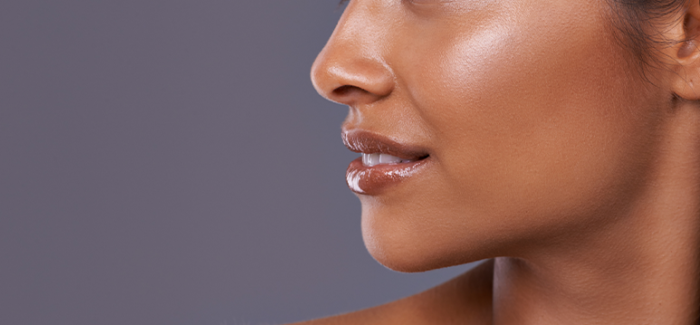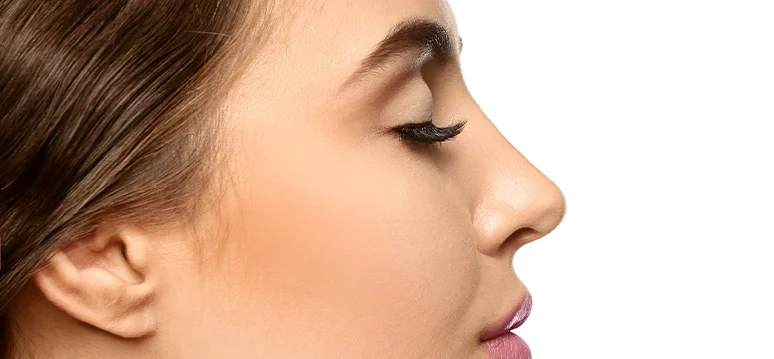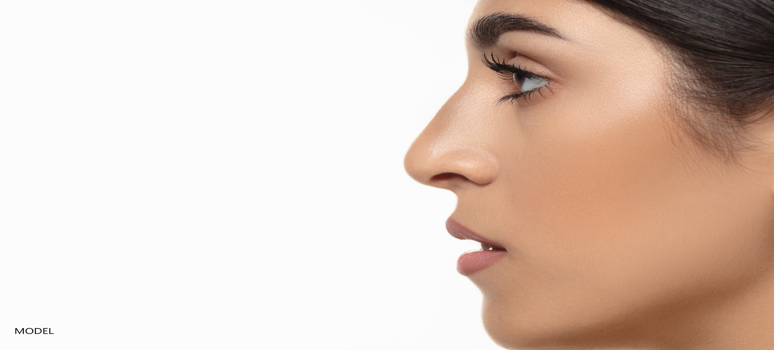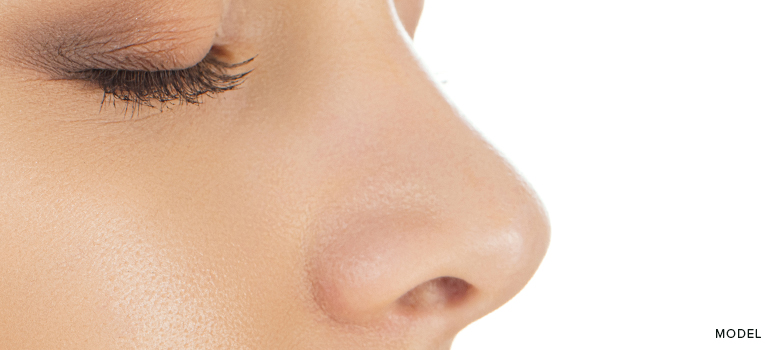The teenage years are a period of immense change, both physically and emotionally. As young individuals navigate the complexities of identity formation, body image often plays a significant role. For some teenagers, a perceived imperfection in their nose can become a major source of self-consciousness, impacting their confidence and social interactions. This often leads to questions about rhinoplasty, commonly known as a “nose job.” But is teenage rhinoplasty a responsible choice? What are the factors to consider, and when is the right time?
This comprehensive guide aims to shed light on the intricate world of teenage rhinoplasty, providing valuable insights for both parents and teens considering this life-altering procedure. We’ll delve into the crucial aspects of physical and emotional maturity, explore the procedure itself, discuss potential risks and benefits, and offer guidance on choosing the right surgeon. Our goal is to empower you with the knowledge needed to make an informed decision that prioritizes the well-being and long-term satisfaction of your teenager.
The Critical Factor: Physical and Emotional Maturity for Teenage Rhinoplasty
One of the most significant considerations in teenage rhinoplasty is the timing. It’s not just about wanting a different nose; it’s about ensuring the body has reached sufficient development and the individual possesses the emotional maturity to handle the surgical process and its outcomes.
When is the Nose Fully Developed?
A common misconception is that noses stop growing at a young age. In reality, nasal development continues throughout adolescence. Generally, girls’ noses reach full development earlier than boys’. For girls, this is typically around 15 or 16 years old, while for boys, it can be closer to 16 or 17. Performing rhinoplasty before the nose has fully developed can lead to unpredictable results and potentially require revision surgery down the line as growth continues.
A skilled plastic surgeon will carefully assess the individual’s facial growth and development to determine if the nose has reached an appropriate stage for surgery. This often involves a thorough examination and discussion about the patient’s growth trajectory.
Beyond Physical Growth: Assessing Emotional Readiness
Physical maturity is only half the equation. Emotional maturity is equally, if not more, crucial. Teenage rhinoplasty should never be undertaken lightly or due to peer pressure. A teenager considering a nose job should exhibit:
Realistic Expectations: They must understand that rhinoplasty aims for improvement, not perfection. The goal is to create a nose that harmonizes with their facial features, not to replicate a celebrity’s nose.
Clear Motivation: The desire for surgery should stem from their own self-perception and a genuine wish for personal improvement, not to please others.
Understanding of the Process: They should comprehend the surgical steps, recovery period, and potential risks and complications.
Patience and Resilience: Recovery from rhinoplasty takes time, involving swelling and bruising. The teenager must be prepared for this process and the gradual unveiling of the final results.
Support System: A strong support system from parents or guardians is essential throughout the journey.
Understanding the Procedure: What Happens During Teenage Rhinoplasty?
Rhinoplasty is a highly individualized procedure tailored to each patient’s unique nasal anatomy and aesthetic goals. While the specifics vary, the general process involves reshaping the bone and cartilage to achieve the desired outcome.
The procedure is typically performed under general anesthesia, meaning the patient will be asleep during the surgery. Depending on the complexity, it can take anywhere from one to several hours.
There are two primary techniques:
- Open Rhinoplasty: This involves a small incision made across the columella (the narrow strip of tissue between the nostrils). This approach allows the surgeon a clear and direct view of the underlying nasal structures, offering greater precision for complex cases.
- Closed Rhinoplasty: In this technique, all incisions are made inside the nostrils, leaving no visible external scars. This approach is often preferred for more minor refinements.
During the surgery, the surgeon may remove or add cartilage (often taken from the septum, ear, or rib) to reshape the nose, reduce or augment its size, refine the tip, or improve breathing difficulties. Once the desired shape is achieved, the skin and tissues are redraped over the new framework, and incisions are closed.
The Recovery Journey: What to Expect After Teenage Rhinoplasty
The recovery period is an essential phase in teenage rhinoplasty, requiring patience and adherence to post-operative instructions.
Immediately after surgery, a splint or cast will be placed on the nose to help maintain its new shape and protect it during the initial healing phase. Nasal packing may also be used internally to provide support and absorb any drainage.
Typical Recovery Timeline:
- First Week: Swelling and bruising around the eyes and nose are common. Pain medication will be prescribed to manage discomfort. The splint/cast is usually removed after about a week.
- Weeks 2-4: Most of the significant bruising should subside. Swelling will gradually decrease, but subtle swelling can persist for months. Light activities can be resumed.
- Months 1-6: The majority of the swelling will continue to resolve. The final results will slowly become apparent. Strenuous activities and contact sports should still be avoided or approached with extreme caution.
- Year 1 and Beyond: The nose will continue to refine and settle over the course of a year or even longer. Final results are typically assessed at the one-year mark.
Post-Operative Care Tips:
- Keep Your Head Elevated: Sleeping with your head elevated helps reduce swelling.
- Apply Cold Compresses: Gently applying cold compresses to the cheeks (not directly on the nose) can help minimize swelling and bruising.
- Avoid Strenuous Activities: Refrain from heavy lifting, bending, and any activity that could raise blood pressure.
- Protect Your Nose: Be extremely careful to avoid bumping or injuring your nose.
- Follow Dietary Restrictions: Stick to soft foods initially as recommended by your surgeon.
- Attend Follow-Up Appointments: Regular check-ups with your surgeon are crucial to monitor healing progress.
- Be Patient: Remember that results are not immediate. Swelling will gradually subside, revealing the final outcome.
The Benefits: Weighing the Decision of Teenage Rhinoplasty
- Improved Facial Harmony: A well-executed rhinoplasty can bring the nose into better proportion with other facial features, creating a more balanced and aesthetically pleasing appearance.
Enhanced Self-Confidence: For teenagers who are significantly bothered by their nose, a successful rhinoplasty can lead to a considerable boost in self-esteem and a more positive body image. This can positively impact social interactions and overall well-being.
Correction of Breathing Issues: In some cases, rhinoplasty can also address structural problems within the nose that contribute to breathing difficulties, such as a deviated septum.
Long-Term Results: Once the nose has fully healed and settled, the results of rhinoplasty are generally long-lasting.
Final Thoughts: Empowering Confidence Through Responsible Choices
Teenage rhinoplasty, when approached thoughtfully and responsibly, can be a transformative experience for young individuals struggling with their nasal appearance. It’s a journey that demands patience, understanding, and a partnership between the teenager, their parents, and an experienced plastic surgeon.
If you and your teen are exploring the possibility of rhinoplasty, we encourage you to schedule a consultation with a board-certified plastic surgeon at Memorial Plastic Surgery. Their expertise and commitment to patient care will guide you through every step, ensuring an informed and empowering decision.


